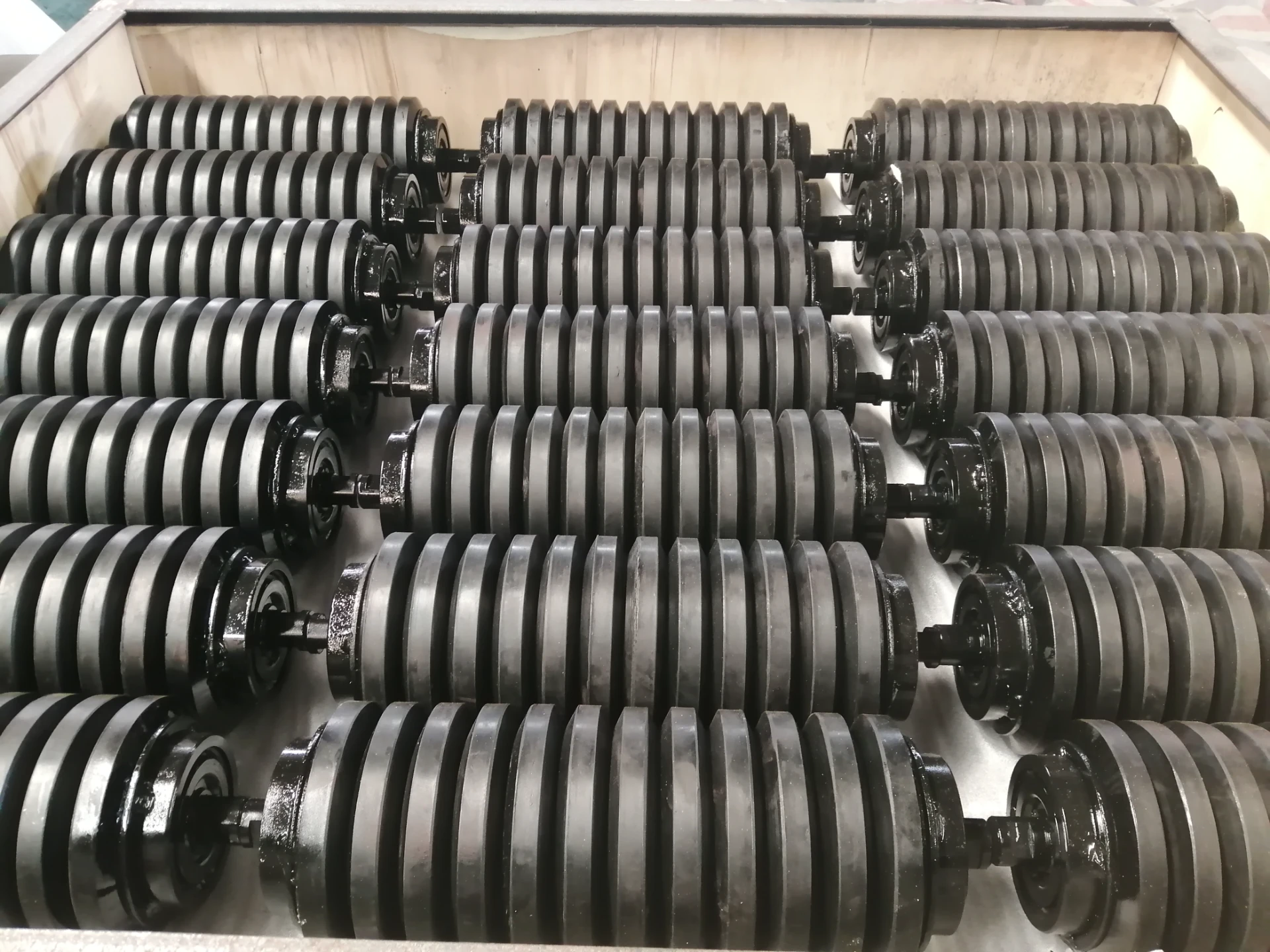 Afrikaans
Afrikaans  Albanian
Albanian  Amharic
Amharic  Arabic
Arabic  Armenian
Armenian  Azerbaijani
Azerbaijani  Basque
Basque  Belarusian
Belarusian  Bengali
Bengali  Bosnian
Bosnian  Bulgarian
Bulgarian  Catalan
Catalan  Cebuano
Cebuano  Corsican
Corsican  Croatian
Croatian  Czech
Czech  Danish
Danish  Dutch
Dutch  English
English  Esperanto
Esperanto  Estonian
Estonian  Finnish
Finnish  French
French  Frisian
Frisian  Galician
Galician  Georgian
Georgian  German
German  Greek
Greek  Gujarati
Gujarati  Haitian Creole
Haitian Creole  hausa
hausa  hawaiian
hawaiian  Hebrew
Hebrew  Hindi
Hindi  Miao
Miao  Hungarian
Hungarian  Icelandic
Icelandic  igbo
igbo  Indonesian
Indonesian  irish
irish  Italian
Italian  Japanese
Japanese  Javanese
Javanese  Kannada
Kannada  kazakh
kazakh  Khmer
Khmer  Rwandese
Rwandese  Korean
Korean  Kurdish
Kurdish  Kyrgyz
Kyrgyz  Lao
Lao  Latin
Latin  Latvian
Latvian  Lithuanian
Lithuanian  Luxembourgish
Luxembourgish  Macedonian
Macedonian  Malgashi
Malgashi  Malay
Malay  Malayalam
Malayalam  Maltese
Maltese  Maori
Maori  Marathi
Marathi  Mongolian
Mongolian  Myanmar
Myanmar  Nepali
Nepali  Norwegian
Norwegian  Norwegian
Norwegian  Occitan
Occitan  Pashto
Pashto  Persian
Persian  Polish
Polish  Portuguese
Portuguese  Punjabi
Punjabi  Romanian
Romanian  Russian
Russian  Samoan
Samoan  Scottish Gaelic
Scottish Gaelic  Serbian
Serbian  Sesotho
Sesotho  Shona
Shona  Sindhi
Sindhi  Sinhala
Sinhala  Slovak
Slovak  Slovenian
Slovenian  Somali
Somali  Spanish
Spanish  Sundanese
Sundanese  Swahili
Swahili  Swedish
Swedish  Tagalog
Tagalog  Tajik
Tajik  Tamil
Tamil  Tatar
Tatar  Telugu
Telugu  Thai
Thai  Turkish
Turkish  Turkmen
Turkmen  Ukrainian
Ukrainian  Urdu
Urdu  Uighur
Uighur  Uzbek
Uzbek  Vietnamese
Vietnamese  Welsh
Welsh  Bantu
Bantu  Yiddish
Yiddish  Yoruba
Yoruba  Zulu
Zulu conveyor belt roller types
Understanding Different Types of Conveyor Belt Rollers
Conveyor systems play a crucial role in various industries, particularly in manufacturing, logistics, and distribution. At the core of these systems lie conveyor belt rollers, which are essential components that facilitate the smooth movement of materials. The effectiveness of a conveyor system largely depends on the type of rollers used. Here, we will explore the different types of conveyor belt rollers and their unique features, applications, and benefits.
1. Idler Rollers
Idler rollers are non-powered rollers that support the conveyor belt as it moves. They are critical for maintaining belt alignment and tension. Available in various designs, including flat, crowned, and tapered, idler rollers reduce friction and ensure a smooth transition of materials. These rollers are essential in both troughing and flat conveyor systems.
Applications Idler rollers are used in bulk material handling, such as in mining, quarrying, and bulk transport applications.
Benefits Their design helps in minimizing wear and tear on the conveyor belt, thus increasing the system's lifespan.
2. Drive Rollers
Drive rollers, as the name suggests, are powered rollers that provide the necessary force to move the conveyor belt. These rollers are typically equipped with a motor that drives the rotation. Drive rollers can be found in various configurations, such as drum drive, lagged drive, and direct drive.
Applications Commonly used in package handling and baggage handling systems, drive rollers are crucial for ensuring materials move effectively through the system.
Benefits They offer efficient power transmission and can be customized to fit various conveyor belt designs and load requirements.
3. Return Rollers
Return rollers are designed to support the conveyor belt on its return path. They ensure that the belt remains in tension while moving back to the loading area. Return rollers often have a smaller diameter compared to other roller types, which helps in reducing the overall friction of the conveyor system.
Applications Return rollers are vital in almost all conveyor systems, particularly in applications where the return belt runs without load.
Benefits They increase the efficiency of the conveyor system by reducing drag and minimizing energy consumption
.conveyor belt roller types

4. Impact Rollers
Impact rollers are specifically designed to absorb shock and impact when materials are loaded onto the conveyor belt. They feature robust designs that can withstand the force of heavy materials, making them essential for high-impact applications.
Applications These rollers are commonly used in aggregate handling, mining, and any industry where heavy goods are transported.
Benefits They protect the conveyor belt from damage, leading to reduced maintenance costs and longer operational life.
5. Self-Aligning Rollers
Self-aligning rollers are engineered to prevent belt misalignment. They automatically adjust the position of the belt corresponding to its movement, ensuring proper tracking. This feature is particularly useful in environments where belts are subjected to side loads or uneven weight distributions.
Applications Commonly used in packaging and material handling systems where precise tracking is crucial.
Benefits By preventing misalignment, these rollers enhance the efficiency of the conveyor system and reduce the risk of belt wear.
6. Specialty Rollers
In addition to the standard types outlined above, there are specialty rollers designed for specific applications. Examples include high-temperature rollers for environments exposed to extreme heat, corrosion-resistant rollers for chemical handling, and anti-static rollers for sensitive electronic components.
Applications Specialty rollers can be found in automotive manufacturing, food processing, and electronics industries.
Benefits Tailored to unique requirements, these rollers ensure optimal performance in challenging environments.
Conclusion
Understanding the various types of conveyor belt rollers is essential for optimizing conveyor system performance in any industrial setting. Each roller type—whether it be idler, drive, return, impact, self-aligning, or specialty—serves a specific purpose that contributes to the overall efficiency and longevity of the conveyor system. By selecting the appropriate roller for the application, businesses can significantly enhance their material handling processes, minimize operational costs, and ensure a smoother and more efficient workflow. Whether you are involved in mining, packaging, or food processing, the right conveyor belt rollers can make all the difference in achieving operational success.
-
Revolutionizing Conveyor Reliability with Advanced Rubber Lagging PulleysNewsJul.22,2025
-
Powering Precision and Durability with Expert Manufacturers of Conveyor ComponentsNewsJul.22,2025
-
Optimizing Conveyor Systems with Advanced Conveyor AccessoriesNewsJul.22,2025
-
Maximize Conveyor Efficiency with Quality Conveyor Idler PulleysNewsJul.22,2025
-
Future-Proof Your Conveyor System with High-Performance Polyurethane RollerNewsJul.22,2025
-
Driving Efficiency Forward with Quality Idlers and RollersNewsJul.22,2025





























